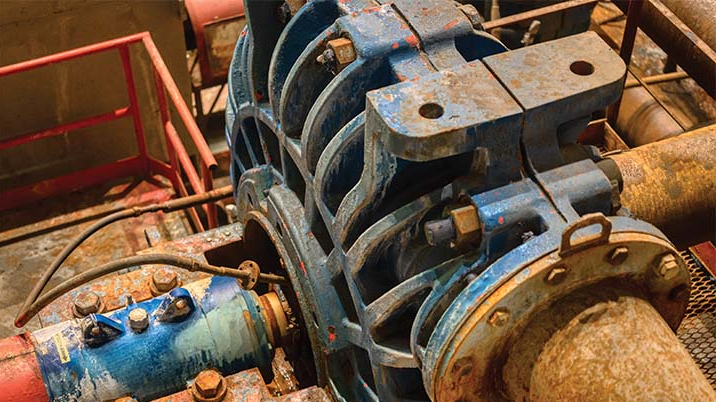Introduction to Slurry Pumps
Slurry pumps are essential components in industries such as mining, wastewater treatment, and construction, where they are used to transport mixtures of liquid and solid particles. Properly sizing a slurry pump to match specific project conditions is crucial for efficient operation, cost reduction, and prolonging the life of the equipment. This article will provide a detailed exploration of slurry pump capacities and flow rates, and guide you on how to size these pumps effectively.
Slurry pumps are designed to handle abrasive solids suspended in fluids. They differ from standard liquid pumps in several ways, primarily in their robust construction, which allows them to deal with the wear and tear of abrasive and often corrosive slurry mixtures. Understanding the capacity and flow rate of these pumps is essential to selecting the right pump for a given application.
Slurry Pump Capacity and Flow Rates
What is Slurry Pump Capacity?
Slurry pump capacity refers to the volume of slurry the pump can move within a specified time period, typically measured in cubic meters per hour (m³/hr) or gallons per minute (GPM). It is influenced by various factors including the pump’s design, the size of the inlet and outlet, and the speed at which the pump operates.
Factors Affecting Flow Rates
Flow rate, on the other hand, describes the speed at which slurry is moved through the pump. It is determined by the pump’s capacity and the dynamic head, which is the total resistance against which the pump must work. This resistance is affected by factors such as pipe length, diameter, bends, and the viscosity and density of the slurry.
Sizing Slurry Pump Capacity to Match Project Conditions
Step 1: Determine the Slurry Characteristics
Before selecting a pump, it is crucial to understand the properties of the slurry, including:
- Density: Heavier slurries require more power to move.
- Viscosity: Thicker slurries can reduce flow rate.
- Particle size and type: Larger or more abrasive particles require pumps with more robust construction to prevent wear.
Step 2: Calculate the Required Flow Rate
The flow rate needed can be estimated based on the volume of slurry to be moved and the time frame for movement. For instance, if a mining operation needs to move 200 m³ of slurry daily, and the operation runs for 10 hours, the required flow rate would be 20 m³/hr.
Step 3: Assess the Pumping System Configuration
Consider the entire pumping system, including:
- Piping layout: Long or complex piping systems require pumps with higher flow rates to overcome losses.
- Elevation changes: Pumps need additional power to lift slurry over heights.
- Distance: Longer distances require pumps with higher flow rates to ensure timely delivery.
Step 4: Use Pump Performance Curves
Manufacturers provide performance curves for their pumps, showing how flow rate varies with head pressure for different impeller sizes and pump speeds. Match your calculated flow rate and head pressure with a point on the curve to select a pump that can handle these conditions efficiently.
Practical Example: Sizing a Slurry Pump for a Mining Operation
Consider a hypothetical mining operation where a slurry containing iron ore fines needs to be transported from a pit to a processing facility 2 kilometers away. The slurry has a density of 1,200 kg/m³ and contains particles up to 0.5 mm in size.
- Step 1: Calculate the total dynamic head considering elevation changes (10 meters total rise), friction losses in the pipe (calculated from charts based on pipe diameter and slurry characteristics), and any additional components like valves or bends.
- Step 2: Determine the required flow rate for the operation’s needs (e.g., 50 m³/hr).
- Step 3: Choose a pump from the manufacturer’s charts that can handle a flow rate of 50 m³/hr at the calculated head.
Sizing a slurry pump appropriately requires a detailed understanding of both the project requirements and the properties of the slurry. By carefully calculating the required capacity and flow rate, and matching these with a suitable pump, you can ensure efficient and cost-effective operations. Remember, the right pump not only handles the immediate needs but also minimizes wear and maintenance costs over time, providing long-term benefits to the operation.
